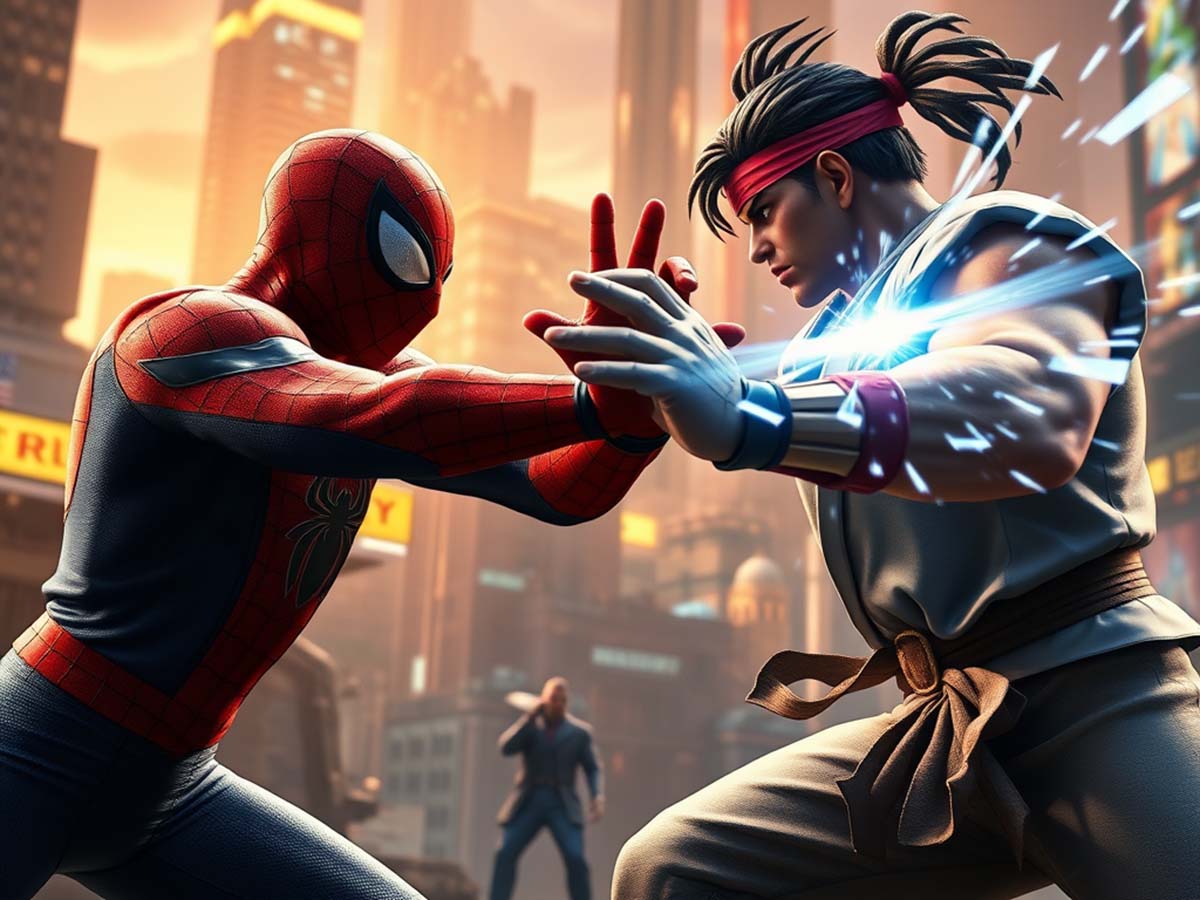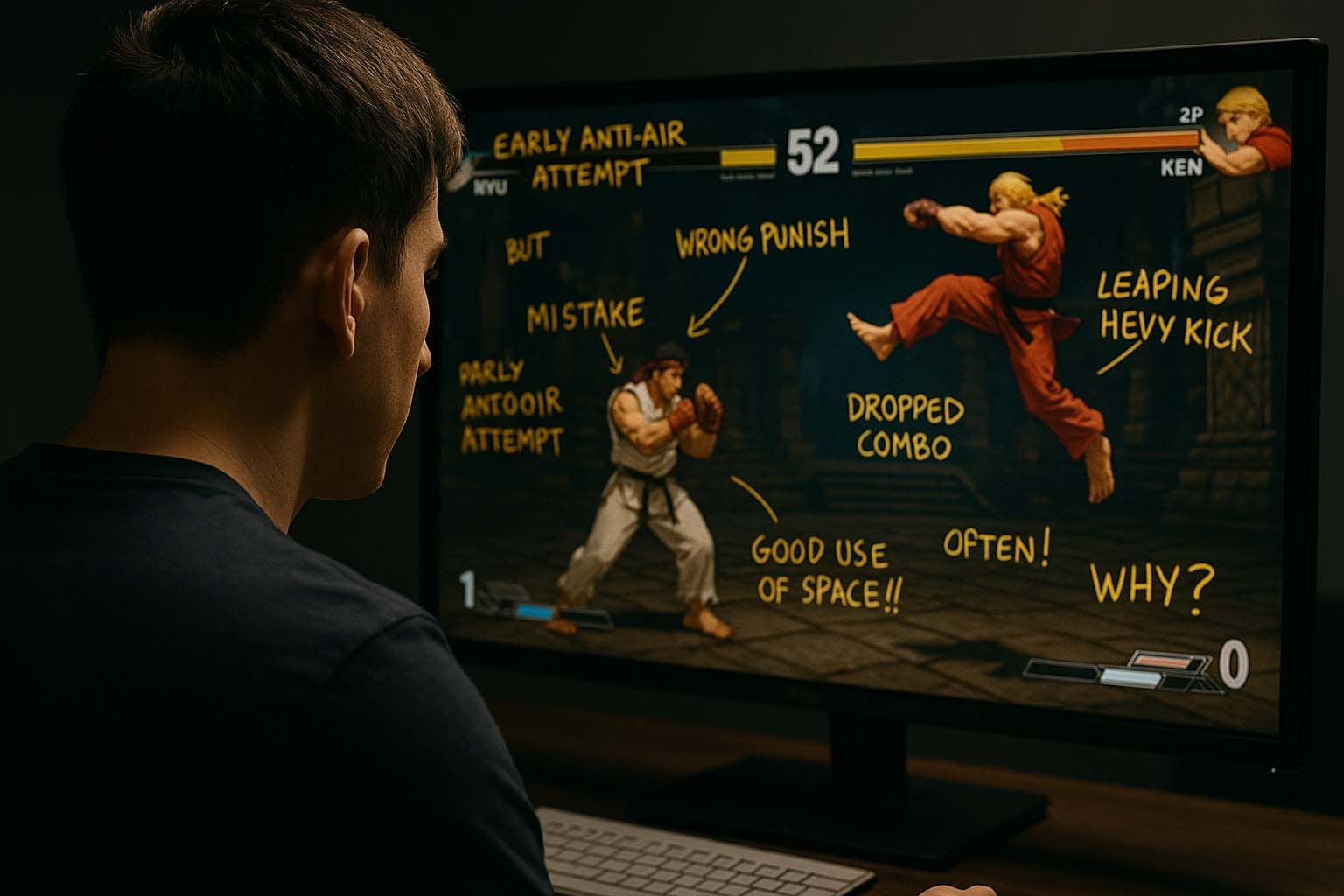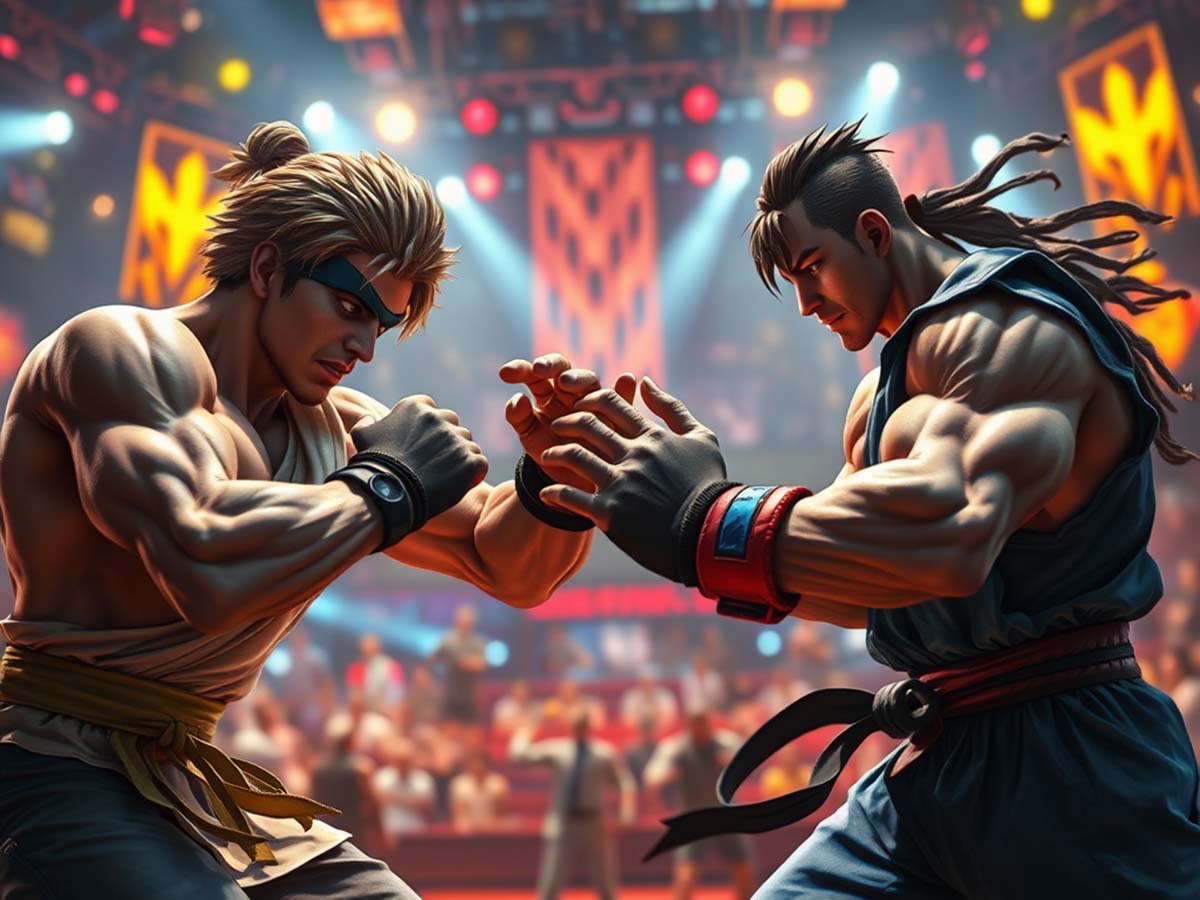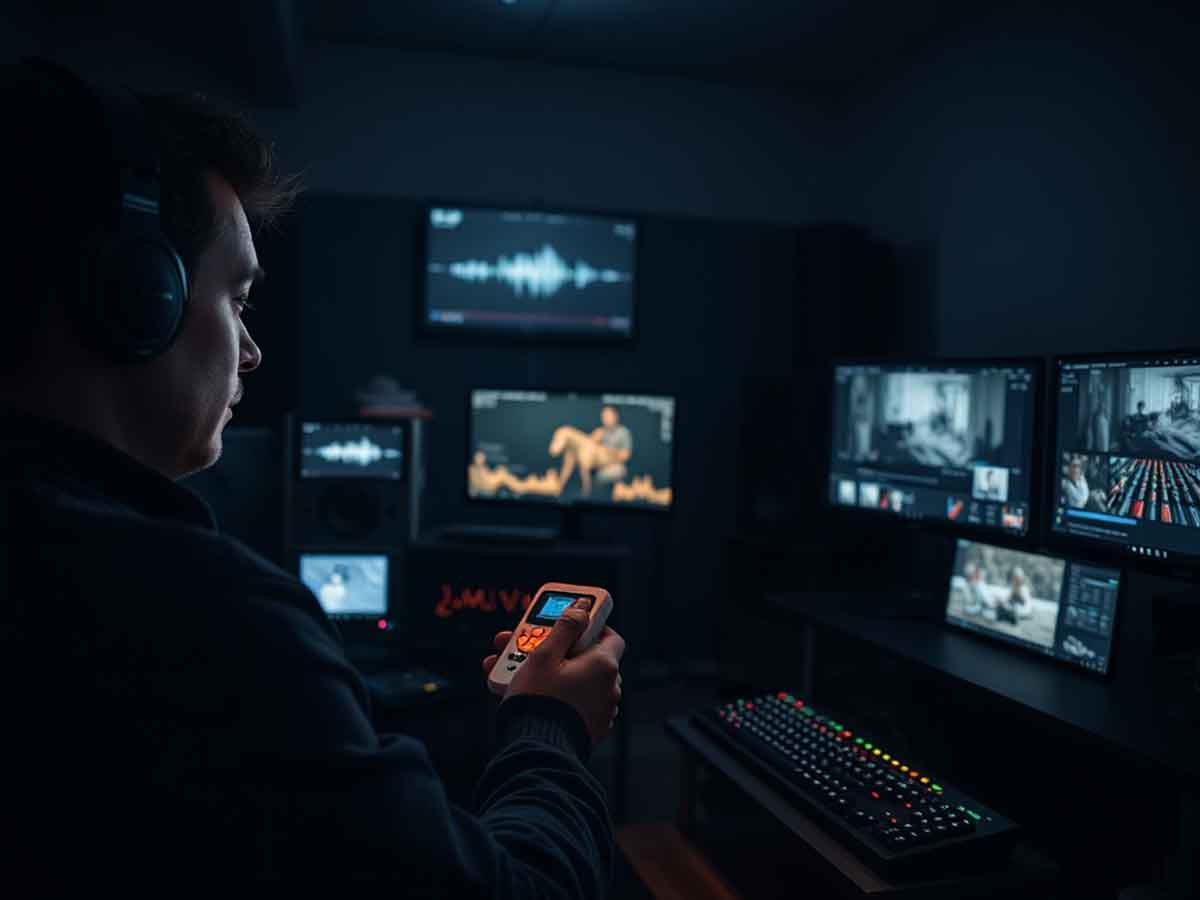A Legendary Fighting Game Legacy
For decades, fighting game fans have been drawn to the fast-paced action of Marvel vs Capcom. This series has combined some of the most beloved superheroes from Marvel Comics with iconic Capcom characters, creating an experience that stands out in gaming history.
The excitement of controlling characters like Ryu, Spider-Man, Chun-Li, and Wolverine in a single battle has captivated players worldwide. The game introduced mechanics that redefined fighting games, making them more thrilling and accessible.
What sets Marvel vs Capcom apart is its ability to blend different universes while maintaining balance and engaging gameplay. Each character retains their unique abilities, ensuring battles are dynamic and strategic. Fans appreciate the combination of comic book aesthetics with arcade-style combat, making it one of the most visually striking fighting games in history.
Additionally, the series became known for its fast-paced, highly stylized action, allowing players to execute spectacular special moves, assist combinations, and hyper combos that fill the screen with stunning visuals. The fusion of Marvel’s comic book storytelling with Capcom’s arcade expertise created an unforgettable experience for fighting game enthusiasts.
How It All Began
Marvel vs Capcom’s origins trace back to the early arcade days when Capcom developed fighting games based on Marvel superheroes. Games like X-Men: Children of the Atom and Marvel Super Heroes paved the way for the crossover concept.
The first official entry in the series, Marvel vs Capcom: Clash of Super Heroes, released in 1998, brought together characters from both universes. The high-speed tag-team battles and flashy special moves became an instant hit.
During the late 90s, arcade culture was thriving, and Capcom recognized the demand for high-energy, visually impressive fighting games. The Marvel universe provided a rich set of characters with extraordinary abilities, while Capcom’s roster brought decades of gaming history into the mix. This synergy created a new standard for crossover games.
The success of these early games led Capcom to refine the formula with each new installment. Players found excitement in the ability to pair characters from two entirely different worlds, forming dream teams that blended superhero strength with video game mastery. The combination of Capcom’s intricate fighting mechanics and Marvel’s cinematic flair was a recipe for success.
Key Features That Made It Stand Out
- Tag-Team Battles: Players could select multiple characters and switch between them in mid-fight, allowing for strategic combinations and assists.
- Insane Combos: The series introduced air combos, hyper combos, and team-based attacks that kept battles intense. This system encouraged skill development and mastery.
- Iconic Roster: Characters from Street Fighter, Mega Man, and Resident Evil clashed with superheroes like Iron Man and The Hulk. The diverse selection allowed players to mix and match their favorites for unique playstyles.
- Flashy Visuals: The game’s vibrant animations and comic-inspired aesthetics made battles look as exciting as they felt.
Evolution of the Series
As technology advanced, so did the Marvel vs Capcom series. Each installment refined mechanics, introduced new characters, and expanded gameplay possibilities. With every new release, the game evolved to stay relevant and offer fresh experiences to players.
Marvel vs Capcom 2: New Age of Heroes
In 2000, Marvel vs Capcom 2 launched with an enormous 56-character roster. This entry became a favorite in competitive gaming due to its deep mechanics and strategic team-building.
Players could form dream teams of three characters, leading to endless possibilities for synergy and counterplay. The game’s fluid mechanics, coupled with fast-paced aerial combat, kept players engaged for years. To this day, Marvel vs Capcom 2 is considered one of the greatest fighting games ever made.
With its jazz-inspired soundtrack, vibrant stages, and character animations that remained true to their comic book origins, the game established itself as a classic. The level of depth in combat, from assist types to character synergy, made every match a unique spectacle.
Marvel vs Capcom 3: Fate of Two Worlds
After a decade-long wait, Marvel vs Capcom 3 arrived in 2011 with updated graphics and a more streamlined fighting system. The fast pace and cinematic visuals made it a hit among both casual and hardcore players.
This installment introduced X-Factor, a temporary boost that players could activate to turn the tide of battle. It also redefined team synergy, with new mechanics allowing deeper strategic play. Characters like Deadpool, Dante, and Phoenix Wright were introduced, bringing humor and unpredictability into matches.
The artistic direction of the game leaned into a comic book style, making every match feel like an animated battle sequence. The accessibility of the mechanics allowed newcomers to enjoy the game while still offering enough complexity for competitive play.
Marvel vs Capcom: Infinite
The latest entry, Marvel vs Capcom: Infinite, shifted to a two-character team format and introduced the Infinity Stones mechanic, allowing players to enhance their abilities during battles.
Despite some mixed reception due to roster choices and art direction, the game refined the fighting mechanics and introduced unique strategies with the Infinity Stones. While not as beloved as its predecessors, it added new depth to the gameplay experience.
Each stone offered unique abilities, from extra mobility to time manipulation, allowing for creative and strategic gameplay adjustments. While it lacked some of the beloved features from past games, it introduced mechanics that could potentially influence future installments.
Why Fans Love It
Marvel vs Capcom remains a fan-favorite because of its dynamic gameplay and memorable character interactions. Seeing heroes and villains from different universes fight side by side has always been a thrilling experience.
Endless Replayability
The depth of team compositions and strategy keeps players engaged for years. No two battles are ever the same. The ability to switch characters mid-fight, chain attacks seamlessly, and counter opponents keeps each match fresh and unpredictable.
Players continue to experiment with new team combinations, discover hidden mechanics, and push the limits of what the system allows, ensuring the game remains relevant.
Community and Competitive Play
From local tournaments to international e-sports events, the Marvel vs Capcom series has built a passionate competitive scene.
Its legacy in e-sports remains strong, with dedicated fans still hosting tournaments and celebrating its impact on the fighting game community.



